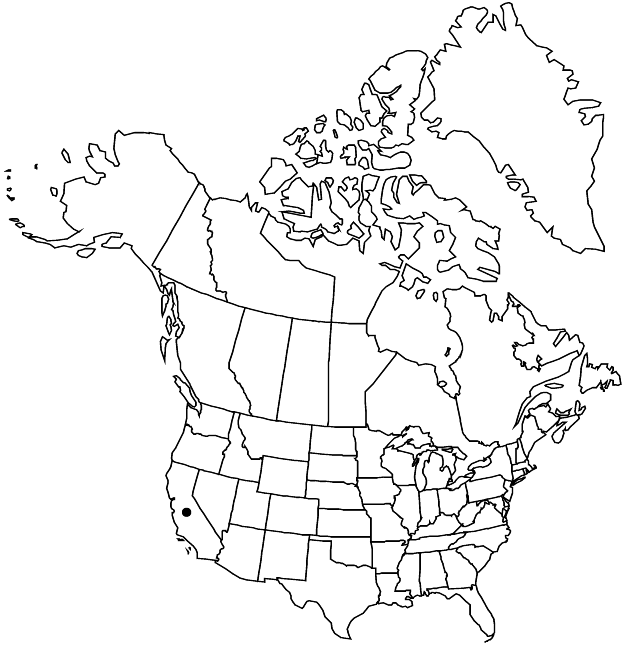Eriogonum hirtiflorum
Proc. Amer. Acad. Arts 12: 259. 1877.
Herbs, spreading, annual, 0.5–1.5 dm, glandular, greenish or reddish. Stems: caudex absent; aerial flowering-stems mostly erect, solid, not fistulose, 0.2–0.5 dm, glandular. Leaves basal and cauline; basal: petiole 0.5–2 cm, glabrous, slightly winged, ciliate, blade obovate to spatulate, 1–2.5 × 0.4–0.8 cm, glabrous, margins ciliate; cauline sessile, blade lanceolate, 0.1–0.5 × 0.1–0.3 cm, similar to basal blade. Inflorescences cymose, usually diffuse, 5–13 × 5–25 cm; branches glandular; bracts 3, scalelike, 0.5–1.5 × 1–2 mm. Peduncles absent or erect, straight, filiform, 0.1–0.5 cm, glandular. Involucres turbinate, 0.8–1 × 0.7–0.9 mm, sparsely hispid; teeth 4, erect or nearly so, 0.4–0.8 mm. Flowers 2, 0.8–1.1 mm; perianth pink to reddish, hirsutulous with stiff, white, hooked hairs; tepals monomorphic, oblong; stamens included, 0.5–0.8 mm; filaments glabrous. Achenes brown, lenticular, 1–1.3 mm, glabrous; beak exserted beyond tepals.
Phenology: Flowering May–Oct.
Habitat: Sandy to gravelly flats and slopes, mixed grassland and chaparral communities, oak and montane conifer woodlands
Elevation: 200-2000 m
Distribution

Calif.
Discussion
Eriogonum hirtiflorum is found in scattered locations throughout much of California (Amador, Colusa, Fresno, Glenn, Kern, Lake, Los Angeles, Madera, Mariposa, Mendocino, Monterey, San Bernardino, San Benito, Santa Cruz, Siskiyou, Tulare, Tuolumne, Trinity, and Ventura counties) in the Coast Ranges and along the western slope of the Sierra Nevada. The species rarely is common at any single location and, being small and often obscure, it is frequently missed by collectors.
Selected References
None.
Lower Taxa
"dm" is not declared as a valid unit of measurement for this property.